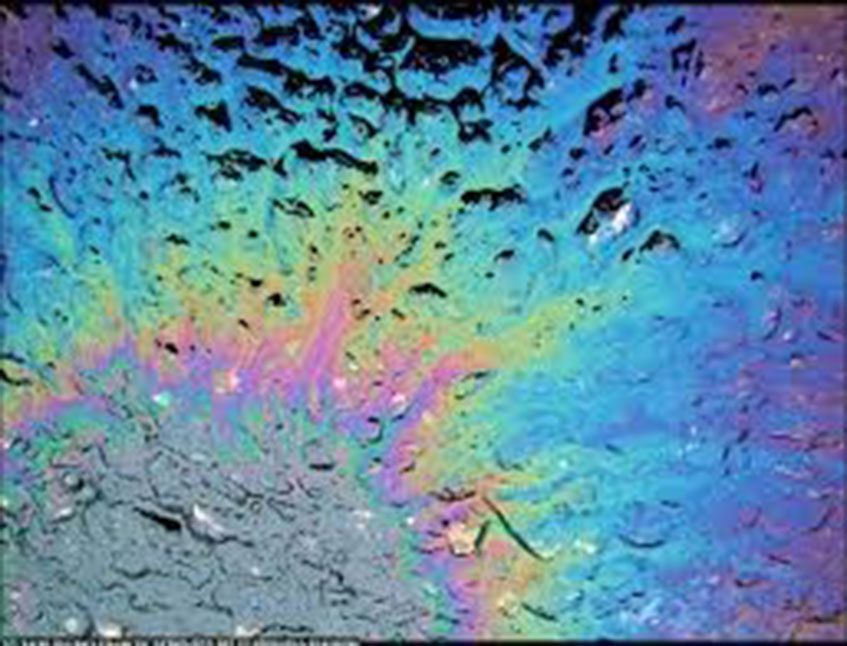Recent Posts
The Leprechauns did it – Port Pollution
Blog Post by: Captain Brian McJury
April 15, 2019

Rainbows are such beautiful things, mostly. If you happen to be running a harbour, the sight of a rainbow reflected upward from the water is likely to be at least inconvenient, and at worst it will require the pot of gold usually found at the end of the better rainbow variants to resolve.
Despite the generally reducing rates of pollution incidents in shipping, helped by numerous pieces of legislation, advice and guidelines from national administrations, agencies and industry groups, the unreported oil spill in a port appears to have missed the memo.
The difficulty, of course, comes from attributing the pollution to a culprit. Catching a polluter ‘red-handed’ is difficult enough in daylight. Add in 24-hour vessel operations and the suspect may have sailed several hours before the not-so-beautiful rainbow becomes visible. If the perpetrator is identified, and still alongside, then the port’s decision to activate both a full in-house response team and a Tier 2 external responder is a ‘no-brainer’; someone else is going to be picking up the bill.
However, in the absence of a clear culprit, the normally assertive Harbour Master becomes more anxious.
If the spill is large, then the response decision is easy. Statutory requirements, moral duty and public relations mean just getting on with the clean-up, with the costs having to be absorbed directly by the port.
At these times, viewing the deployment of a few booms and absorbents as a good training session for staff, rather than focusing on the injustice, is a sedative, unless it is a double time bank holiday.
Even if a clear suspect for the spill is evident, once departed, pursuing the culprit is not without cost implications and risk. Depending on the port operating model or status, there may be little in the way of cash reserves to rely on when chasing an international vessel around the globe.
The source may not even be vessel related: Ageing drainage systems or up-river farms for example are potential sources of oil sheens, particularly after a heavy rainfall. Similarly, industrial facilities are potential sources of pollution. Regardless, a perception that oil in a port is caused by the port permeates public perception, something you never forget following your first public consultation.
If the spill is not small enough to disappear without some port intervention, but not big enough to need a tiered response, rainbows suddenly become the worst sight in human history. Time to get the port’s priority measuring scales from the cupboard!
Mutual assistance (read inexpensive) can be found in a local environment agency who deal with threshold spills on a daily basis. Leveraging their knowledgeable second opinion is invaluable where there is doubt over whether to react or not, and to what extent. Having their staff attend port pollution training refreshers helps build trust, all of which assists a port in having the confidence to react with robust proportionality to the spill and its location and reduce the anxiety caused by trying to identify the source of the spill and then chasing the perceived perpetrator with the bill.

